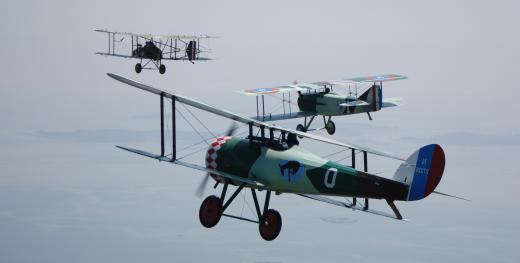A king post is part of a supportive structural element called a truss system, a framework used in construction to support roofing elements. A truss is made up of a horizontal beam connected at the ends to two beams that in turn rise diagonally to meet each other at the apex, or highest point, of a triangle, with the king post reaching from the midpoint of the bottom beam to the apex of the truss. A king post truss is the simplest form of truss system and is an efficient support commonly used in buildings and bridges.
In medieval Europe, king post truss systems were evident in Romanesque and Gothic period churches and tithe barns. King posts, or crown posts, originated toward the end of the 13th century, becoming common after 1450. During this period, architectural styles featured soaring ceilings and long, aisled hallways.

These lofty structures required many roof trusses to support the weight of expansive roofs. Ceiling architecture during this period was frequently meant to be seen. King posts adopted a decorative function in addition to structural function. Throughout the next several centuries, this type of construction was increasingly common in large public buildings and smaller, rural barns and parish churches, especially in Great Britain.
Structurally, king posts help distribute the weight of the ridge beam to the other parts of the truss and prevent the tie beam, or horizontal beam, from sagging. The two diagonal parts of the truss serve as roof rafters, and the horizontal part is the ceiling joist. If two king posts are used side by side, each is called a queen post.
King posts may also be used in bridge design. Although a king post system is highly efficient, it has its limitations. As the tie beam lengthens, the truss must be built proportionally higher, making it unsuitable for long spans. A single king post may only be used on short-span bridges. On a longer span bridge, additional diagonal support can be added, forming a multiple king post truss system.
In aviation, a king post refers to the vertical bracing posts used in wire-braced monoplanes and biplanes throughout the early 20th century. In the 1920s, the use of king posts on biplanes made wing-walking stunts possible, as the vertical post gave the wing walker something to grip during stunts. The use of king posts in aviation continues to be common, especially in ultralight and other wire-braced aircraft.
